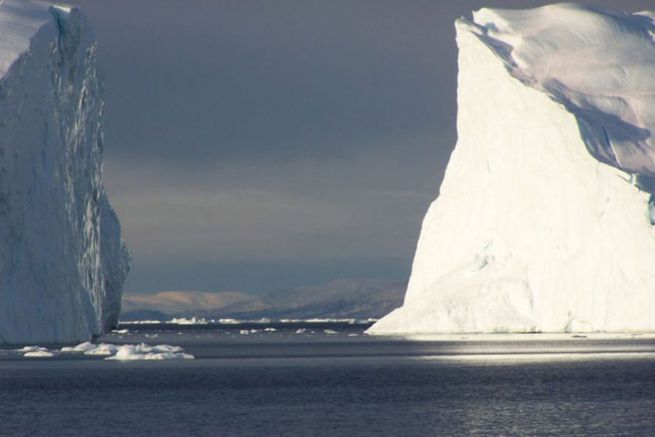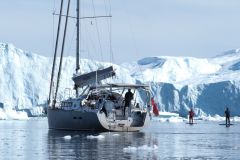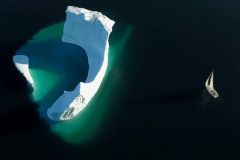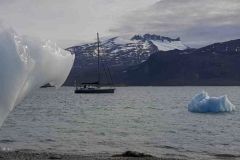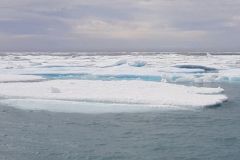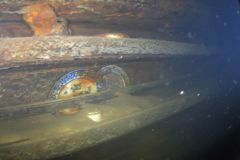Geography
The Northwest Passage starts in Baffin Bay and closes to the Arctic Ocean in the Beaufort Sea over Alaska. In absolute terms, this passage offers several shipping routes allowing ships to reach the Pacific Ocean from the Atlantic Ocean by passing between Canada's northern islands, then through the Beaufort Sea to Bearing Strait.

Channels of varying depths separate the islands of Canada and form the Northwest Passage. This passage is only passable during the short arctic summer when the ice breaks up. The presence of icebreakers is often necessary to keep it open for longer periods of time.
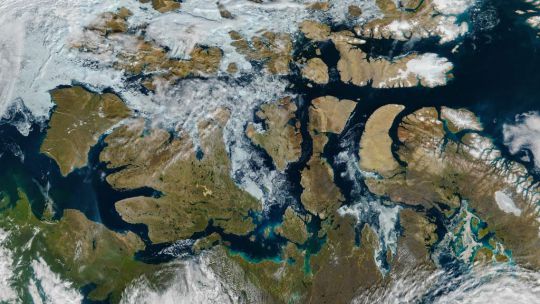
A short and strategic route
The route via the North-West Passage saves several thousand miles compared to another via the Panama Canal (nearly 4,000 miles on New York - Yokohama). Canada claims sovereignty over this internal waterway, which other countries (such as the United States) challenge as international waters. It was Roald Amundsen, a young Norwegian who first opened the passage in 1905 using Inuit techniques (fur clothing, sled dogs, seal hunting) different from large, heavy expeditions like Franklin's.
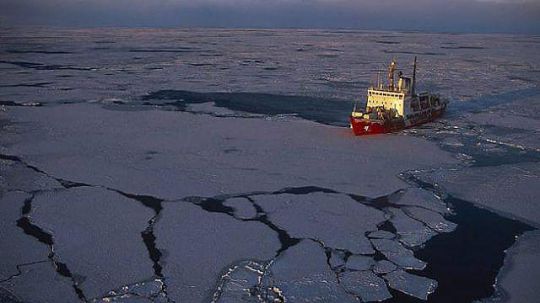
A trade route opened thanks to the... climate warming
The rapid disappearance of ocean ice cover in the Arctic, as well as the thinning of multi-year ice, suggests that it will soon disappear. According to NASA satellite observations, the sea ice in this area shrank by 35% between 1979 and 2007 and is expected to disappear completely by 2030-2050.
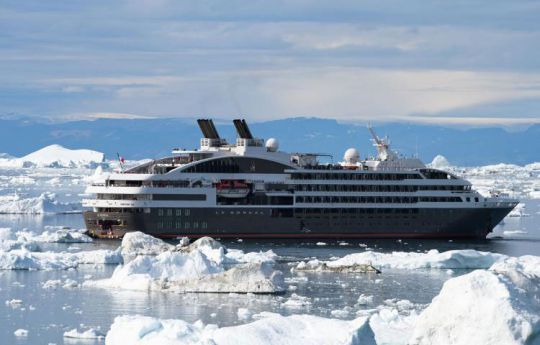
A reduced and heterogeneous traffic for the moment
Specialized cruisers such as Ponant and Quark offer polar cruises on this itinerary. Boaters try to cross this passage every year with more or less success depending on the ice conditions.
Significant business opportunities
Heavy cargo traffic remains for the moment rather limited due to the presence of growlers and the rather restricted depths (13 m in some places). Unfortunately, however, the melting of the ice will make it possible to clear passages with much greater drafts, opening the road to trade. The increase in traffic is likely to accentuate the melting of the remaining ice to make it a new major shipping route by the middle of this century and put an end to the age-old isolation of this part of the world. But is that really progress?

 /
/ 